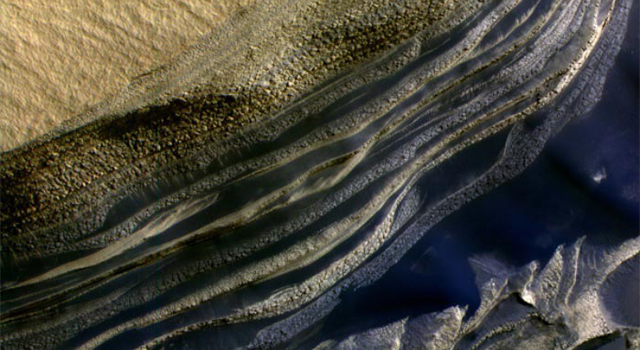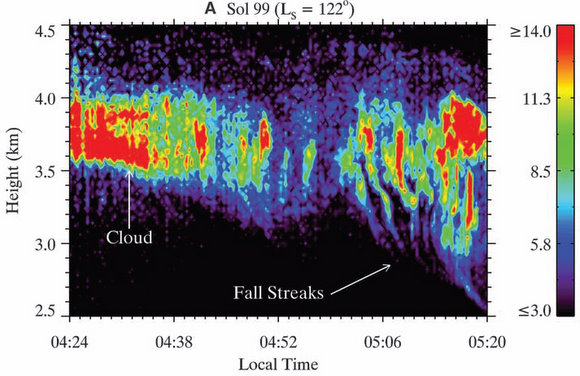Studies of the evolution and current state of other terrestrial planets provides an elegant context for understanding our own planet. Here, you will learn about and then use varied data collected by robotic rovers, Earth-based telescopes and orbiting satellites to investigate aspects of the present-day geology, hydrology, geomorphology, geodynamics and climate of Mars. You will read three papers that really define what is “exploration science”. A key lesson through this exercise is that it is the nature and resolution of the observations that we make that determine the kinds of “what” and “why” questions we can ask. In this case, remarkable sets of spacecraft observations have enabled some truly profound stories for the evolution and climate of Mars and reinforced fundamental differences to our own planet. Oddly enough, although all the inner solar system planets were products from much the same process, a defining feature is that they are each different from the next. This observation is every bit as profound as it sounds.
Learning Goals for This Module
Students will be able to:
- Use “mind maps” or “concept maps” to identify, organize and build understanding of the questions, methods, results and problem-solving strategies that underlie scientific papers that may be provocative or contentious (these are challenging to “break down”).
- Generate better abstracts.
- Continue to improve on the precision of their questions.
- Give examples of specific and varied constraints on the character of Mars’ current and past hydrological cycles. Find evidence for two stories: "dry/cold" and "wet/warm(er)” environments have existed, or do exist, on Mars's surface.
- Discuss at a basic level the simple model for Mars's recent ice age cycles suggested by Head et al. (2003), with reference to corresponding observations.
Reading
Baker: Water and the Martian landscape
Head: Martian Ice Ages
Grau Galofre: Valley formation on early Mars by subglacial and fluvial erosion
Jakosky and Phillips: Mars’ volatile and climate history
Writing:
ASSIGNMENTS
Potential channel-outflow deposits?

Mars’ “polar layered” deposits from the MOC camera

Mars’ cloud structure from the Phoenix lander


